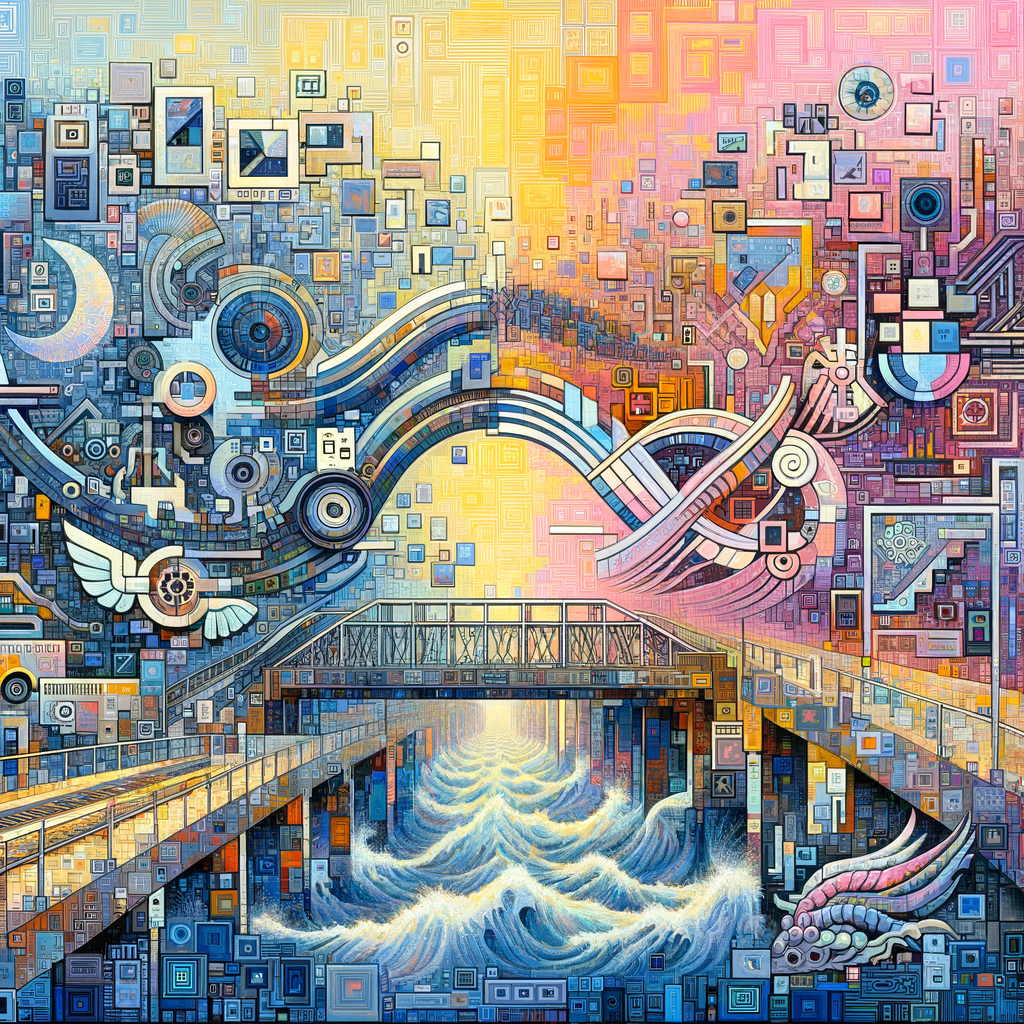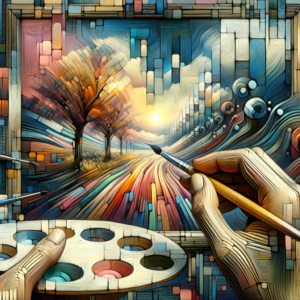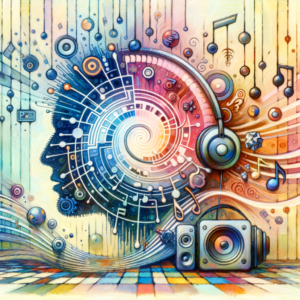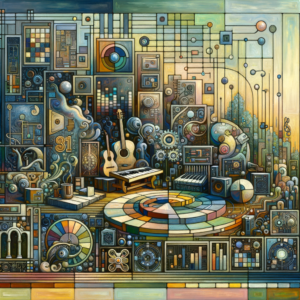> Part 2 of the Tech-Infused Identities: Bridging Culture and the Digital World series
As technology continues to blend with cultural expression, the world of video gaming stands as a transformative arena where pixels converge with traditions, crafting unique cultural tapestries. This second installment in our series explores the intersection of gaming and cultural narratives, highlighting how video games serve as both stewards and innovators of cultural storytelling.
The enthralling landscapes offered by video games have evolved into vibrant platforms for cultural storytelling and preservation. Titles such as “Never Alone” (Kisima Ingitchuna), which intricately weaves Iñupiaq storytelling into its gameplay, exemplify this trend. By incorporating indigenous narratives, developers are not only showcasing diverse cultures to a global audience but also playing a pivotal role in keeping these stories alive for future generations.
Games like “Never Alone” do more than entertain; they educate players about cultural nuances, values, and history. The integration of cultural motifs into interactive gameplay allows for a deeper engagement than traditional media can often achieve. This immersive learning experience fosters empathy and understanding, encouraging players to appreciate the perspectives and experiences depicted.
Moreover, gaming communities, transcending geographical boundaries, are forging a unique global culture that reflects a tapestry of diverse identities. Social platforms and streaming services have amplified the reach of gaming, enabling players to share experiences and form connections across continents. These digital spaces become hubs of cross-cultural exchange where dialogue and collaboration thrive, further blurring cultural lines and expanding our understanding of identity.
The influence of gaming extends into the realm of cultural dialogue and identity formation. Within these virtual worlds, players often express aspects of their identity and heritage, shaping and reshaping self-perceptions. Avatars and storylines can serve as reflections of personal and cultural values, granting players the agency to explore and project different facets of their identity.
However, the fusion of appropriated cultural elements within games raises questions regarding authenticity and representation. With power comes responsibility, and developers are increasingly being called to task for ensuring that cultural portrayals are handled with respect and accuracy. Consultations and collaborations with cultural experts and community leaders are becoming critical components of game development, helping to ensure that narratives are both authentic and enlightening.
The convergence of gaming and culture is emblematic of broader societal shifts towards digital identity exploration. As this dynamic relationship continues to evolve, the potential for video games to function as cultural custodians remains vast. In doing so, they pave new paths for storytelling that are as limitless as the imagination itself.
In this digital age, games are not merely entertainment but connectors of communities and conduits of cultural exchange and innovation. They challenge us to consider the narratives we value and the ways in which they are preserved, inviting a new era where pixels and traditions not only coexist but complement and enrich one another.
Recent Posts
songplode intersection of culture and technology
- Virtual Kinship: The Rise of Digital Communities and Cultural ExchangeDigital platforms are reshaping community and cultural exchange, enabling global interactions while navigating challenges like misinformation and digital divides. This evolution demands thoughtful engagement to preserve cultural authenticity.
- Digital Brushstrokes: Redefining Art in a Connected WorldThe digital revolution is transforming art through VR, AR, and NFTs, creating new interactions and redefining creativity. Despite the innovation, challenges around authenticity and environmental impact invite ongoing debate.
- Musical Metamorphosis: Digital Evolution of Sound and IdentityThe digital era is revolutionizing music by democratizing creation, enhancing production with AI, and expanding global reach through streaming. Despite challenges in royalties and rights, this transformation enriches cultural identity and connectivity.
- Streaming Tales: The New Age of StorytellingAs storytelling transcends traditional media through digital innovations, platforms like Netflix and Twitch foster interactive, immersive narratives. This evolution redefines audience engagement, but raises challenges like content saturation and rights issues.











